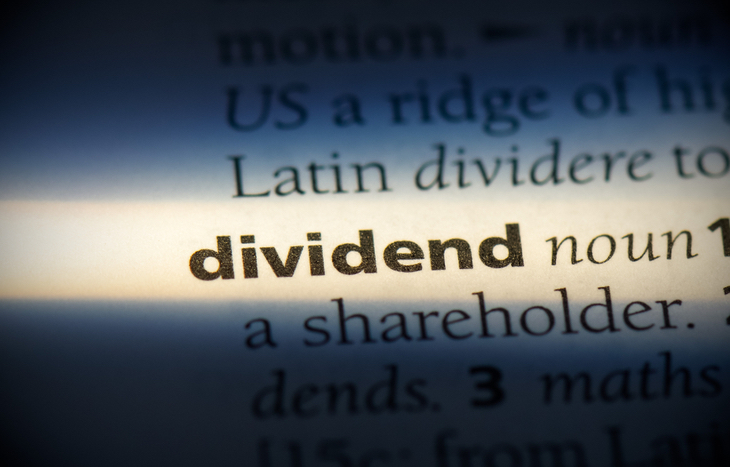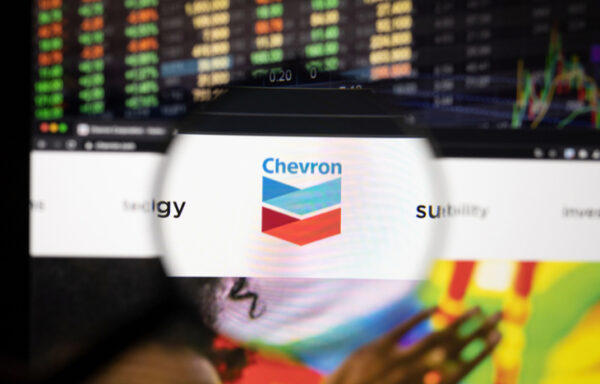What is a Dividend?
There comes a time when a company becomes so profitable that it has more money than it needs to sustain business operations. When this happens, the company has several options for how to allocate that excess cash. One option is to pay out a dividend to shareholders.
A dividend is the distribution of after-tax profit of an entity, paid to shareholders depending on the class and number of shares held. It’s a reward for shareholders and a sign of the company’s continued ability to meet and exceed expectations. Not every company can or will pay a dividend, but those that do consistently become market stalwarts. They’re likely to attract new investors and retain current ones, which brings stability to the share price.
Here’s a look at what dividends are, why companies choose to issue them and the role they have in investment evaluation.

Why do Companies Issue Dividends?
Companies pay dividends for two chief reasons. First, to attract and reward investors; second, to promote share price stability. These two benefits go hand-in-hand. Investors buy and hold shares of companies that offer dividends, which mitigates volatility. Seeing this stability, other investors buy into the stock. It’s a healthy way for the company to take excess profits and reinvest them—not in growth, but in stability.
Types of Dividends
Most companies will pay out a cash dividend; however, that’s not the only type of dividend. There are actually three classifications to consider:
- Cash dividend. This is a portion of net earnings, distributed directly to shareholders.
- Stock dividend. Instead of a cash payout, the company awards the dividend in shares.
- Share repurchases. Investors get the chance to sell back shares at a premium fixed rate.
In addition to different types of dividends, there are also different dividend intervals to consider. The vast majority of companies will pay quarterly dividends four times each year. Some pay bi-annual dividends twice per year. A few may pay annual dividends, and even fewer pay irregular dividends, which don’t follow a set schedule.
The type and frequency of dividend payments serve to pique the interest of investors. For example, a company that pays a healthy quarterly cash dividend is much more enticing than a company that might’ve just issued a one-time irregular stock dividend.
Dividends are Subject to Change
Offering a dividend is a choice, made by each company. That means the company can choose to raise, lower or cut the dividend, depending on its financial situation.
In the event of strong cash flow and growth, raising the dividend can bring stability to a company. Investors will flock to a growing dividend as a sign of health, which encourages longer-term investments and stability in the share price.
Lowering the dividend has the opposite effect and can provoke investors to sell on the premise of weak financials. That said, reducing the dividend frees up more income, which can improve cash flow and solidify the company’s balance sheet during periods of strife.
Cutting a dividend is often a last resort. It’s viewed as a sign of dire financial hardship: the company needs every last penny to pay its short-term debt obligations. Cutting a dividend tends to create volatility, but can help stabilize the company in the long run.
Companies need to think long and hard before offering a dividend. While optional, it opens the company up to increased scrutiny from investors. Companies need to be confident in their ability to pay dividends in an ongoing capacity.
What Types of Companies Pay Dividends?
Looking to build a portfolio that’s dividend-heavy? There are several places to start looking for dividend payers:
- Blue-chip stocks. Long-established companies tend to pay dividends once they reach levels of market saturation. These are often large- and mega-cap companies.
- Dividend aristocrats. These companies have paid consistent or growing dividends for at least 25 consecutive years—some as long as 30, 40 or even 50 years.
- Established sectors. Some sectors like energy, financial, utilities and materials pay out dividends because they have predictable profits and strong moats.
- Real Estate Investment Trusts (REITs). REITs have a unique business structure that forces them to pay out at least 90% of net earnings as dividends to shareholders.
Many companies outside of these groups pay dividends. Investors should seek out dividend-paying companies that fit their investment thesis, and invest in companies with healthy dividends and operations.
Key Terms to Know
When it comes to dividends, there are several terms investors need to get familiar with. Here’s a sampling of the most prevalent and important terms to understand when investing in dividend-paying companies:
- Declaration date. The date the board of directors announces a dividend.
- Date of record. The date the company reviews shareholder records to determine payouts.
- Ex-dividend date. The date by which you must hold the stock to receive a dividend.
- Payment date. The date the company issues a dividend payment to shareholders.
- Dividend yield. The percentage of a dividend payout in relation to share price.
- DRIP: Dividend Reinvestment Plan, which uses dividend payouts to purchase stock.
While this list is far from an exhaustive one, it includes the most common terms investors need to know about dividends and dividend investing.
A Benefit to Investors
When a company can offer a dividend, it means it has income exceeding its operational expenses. The decision to issue a dividend means the company can pay its short-term obligations. It’s a sign of financial health and stability: a positive signal for investors. Not only do you reap the benefit of regular payments for being a shareholder, you also benefit from the peace of mind of a sound investment.
In fact, dividends are a great way to build up your passive income for retirement. To learn more, sign up for the Wealthy Retirement e-letter below. Enter your email address for access to daily investment tips and the best retirement strategies.
[adzerk-get-ad zone="245143" size="4"]




